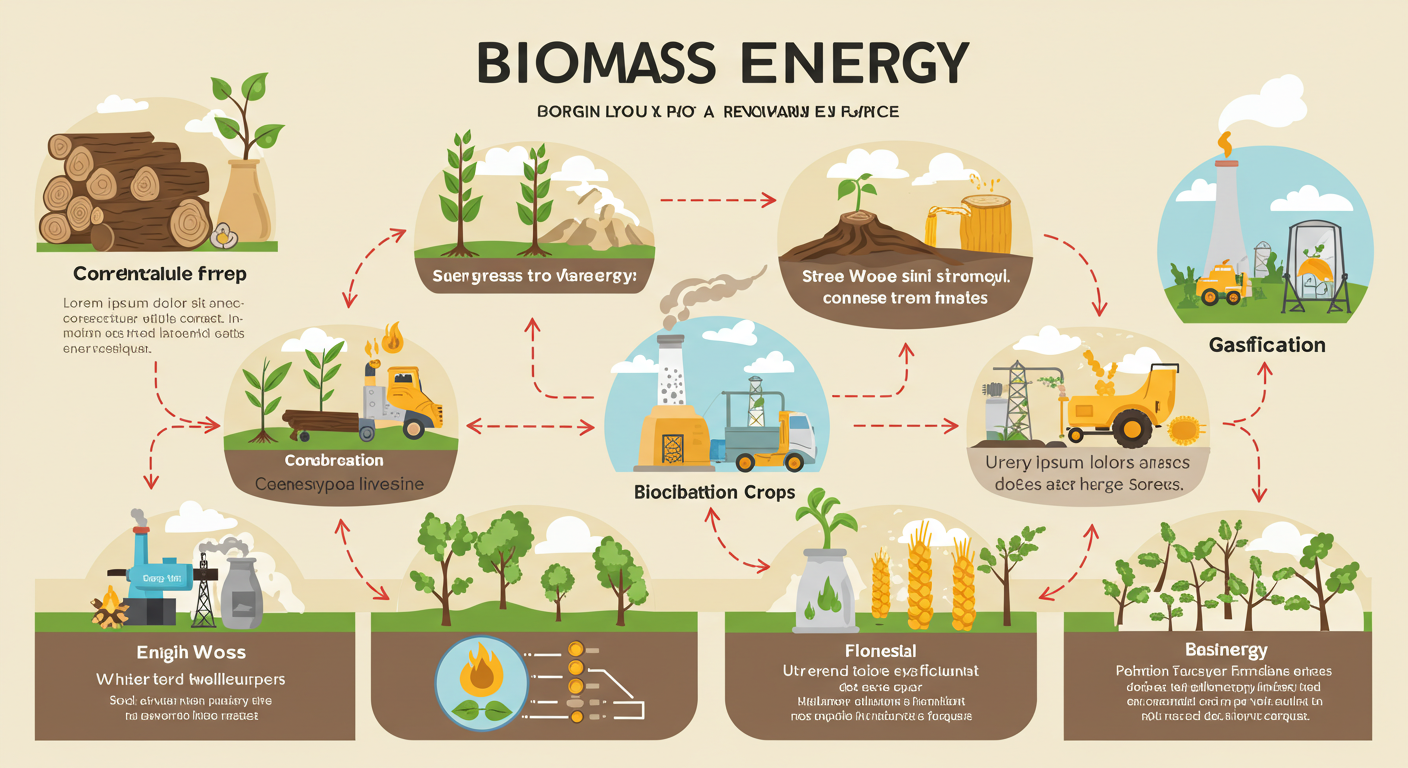Introduction: The Importance of Nutrition in Fitness
Nutrition plays a pivotal role in an individual’s fitness journey, forming a foundation upon which health and athletic performance can be built. A balanced diet is essential not only for maintaining overall health but also for enhancing physical capabilities and supporting recovery from exercise. When nutrition is prioritized, individuals often experience improved energy levels, heightened endurance, and a greater ability to perform in both everyday activities and structured workouts.
The synergy between nutritional intake and fitness is underscored by the necessity of consuming a variety of nutrients. Proteins, carbohydrates, fats, vitamins, and minerals each have unique roles in the body, contributing to muscle repair, energy production, and the overall functioning of bodily systems. For instance, a diet rich in essential nutrients aids athletes in reaching their peak performance, allowing for more effective training and competition. Conversely, insufficient nutrition can lead to fatigue, decreased strength, and a greater likelihood of injuries.
Furthermore, the consumption of fresh produce is particularly instrumental in fostering good health and attaining fitness goals. Fruits and vegetables are not only packed with vitamins and minerals but also provide vital antioxidants that combat oxidative stress—a common consequence of vigorous exercise. These natural foods contribute to immune support, hydration, and enhanced recovery time, making them indispensable for anyone engaged in physical activity.
In light of these considerations, the collaboration between fitness centers and local produce suppliers can significantly benefit individuals seeking to enhance their health and performance. By joining forces to promote healthy eating, these entities can create an environment that emphasizes the critical relationship between nutrition and fitness, ensuring that community members have access to the necessary resources to thrive in their wellness journeys.
Understanding the Needs of Fitness Center Members
Fitness center members exhibit diverse preferences and eating habits that directly correlate with their commitment to health and wellness. As individuals who often prioritize physical fitness, they are generally more aware of the impact that nutrition has on their performance and overall well-being. Surveys conducted among these members indicate a significant interest in nutrition, with many actively seeking information on how best to fuel their bodies for optimal workouts.
Fresh produce ranks highly in their dietary choices due to its vital role in promoting health and enhancing workout recovery. Commonly, members express preferences for fruits and vegetables that are nutrient-dense and easy to incorporate into their busy lifestyles. Foods such as spinach, kale, and berries are particularly popular, as they offer essential vitamins, minerals, and antioxidants. Additionally, members often lean towards organic options, reflecting a broader trend towards clean eating and responsible sourcing of food.
Understanding dietary choices is crucial, as these decisions frequently influence how fitness center members approach their workout routines. For instance, many individuals opt for high-protein snacks before or after exercise to support muscle recovery, while some choose low-glycemic carbohydrates to maintain energy levels during workouts. The balance between macronutrients—proteins, carbohydrates, and fats—plays a significant role in helping members achieve their fitness goals, whether they are focused on weight loss, muscle gain, or enhancing endurance.
Incorporating insights about the eating habits of fitness center members can pave the way for effective collaborations between fitness centers and local food suppliers. By understanding what members value most, particularly in relation to fresh produce and nutrition, partners can develop tailored programs that cater to these needs, ultimately fostering a sense of community and shared commitment to healthy living.
Benefits of Collaborating with Local Fitness Centers
Collaborating with local fitness centers offers a range of advantages for both fresh produce suppliers and the fitness facilities themselves. One of the most notable benefits is the ability to promote health and wellness within the community. By supplying fresh produce to fitness centers, suppliers can contribute to developing a health-focused environment, encouraging fitness enthusiasts to incorporate nutritious foods into their diets. This synergy aligns with the growing trend of holistic wellness, where physical fitness and nutrition go hand in hand.
Moreover, such partnerships can significantly enhance customer experiences. Fitness centers can offer classes or workshops focused on healthy eating, utilizing fresh produce from local suppliers. This not only enriches their service offerings but also helps members feel more connected to their health journeys. As these fitness centers promote healthy eating alongside their exercise programs, they position themselves as comprehensive wellness providers, attracting a more extensive membership base.
For fresh produce suppliers, collaborating with local fitness centers increases visibility in the community. This exposure can lead to heightened customer loyalty as fitness center members may choose to support local producers who are actively contributing to their wellness. Suppliers may also benefit from cross-promotion opportunities, where fitness centers display their products or share information through newsletters. This kind of promotional effort can particularly impact local economies positively, as both entities work together to promote the benefits of consuming fresh and locally-sourced products.
Additionally, these partnerships can foster a sense of community engagement and support among local businesses. By collaborating, fresh produce suppliers and fitness centers can drive traffic to each other, creating a supportive network that nurtures local entrepreneurship and health initiatives. Overall, the collaboration between fresh produce suppliers and fitness centers proves beneficial for promoting wellness, enhancing services, and contributing to local economies.
Strategies for Successful Partnerships
Establishing successful partnerships between local produce suppliers and fitness centers requires a strategic approach that prioritizes clear communication and mutual goals. First and foremost, it is crucial for both parties to engage in open dialogues. By conducting initial meetings, stakeholders can discuss their respective objectives, expectations, and capabilities, which can help prevent misunderstandings and foster a cooperative environment. Regular updates and feedback sessions can further enhance this communication, ensuring that both parties remain aligned throughout the partnership.
Next, aligning goals is essential for a fruitful collaboration. Local produce suppliers should explore how their offerings can complement the fitness center’s programs and values. For instance, if a fitness center aims to promote a wellness lifestyle, the produce supplier should consider providing organic fruits and vegetables that cater to health-conscious consumers. Establishing joint marketing strategies can also be beneficial; both parties can create promotional campaigns that highlight the partnership, thereby enhancing visibility and attracting a broader audience interested in both fitness and healthy eating.
Creating mutually beneficial programs can significantly enhance the partnership’s effectiveness. For example, fitness centers can organize community events or workshops featuring locally sourced produce, while suppliers may offer discounts or special packages for gym members. Such initiatives not only promote healthy eating but also help foster a sense of community. Furthermore, determining the logistics for product delivery is an essential aspect of these partnerships. Producers need to devise an efficient distribution plan that accommodates the fitness center’s schedule, ensuring that fresh products are available for events or in-house sales without compromising quality.
By implementing these strategies, local produce suppliers and fitness centers can establish a symbiotic relationship that promotes wellness and healthy eating in the community effectively.
Innovative Programs to Engage Fitness Members
In the pursuit of promoting healthy eating habits among fitness center members, innovative programs can serve as effective tools that enhance both nutrition knowledge and practical application. One notable initiative is the organization of recipe-sharing sessions, where members can exchange healthy recipes and cooking tips. This not only fosters a sense of community but also allows individuals to learn about diverse meal options that utilize fresh, nutritious ingredients. Such engagement can inspire participants to incorporate healthier choices into their everyday meals.
Another impactful approach is hosting farm-to-table events, which connect fitness members directly with local farms. These events not only provide access to fresh produce but also educate attendees on the benefits of consuming seasonal and locally sourced foods. By highlighting the importance of sustainable eating practices, gym-goers can develop a deeper understanding of how their dietary choices affect both their health and the environment.
Cooking classes present an additional avenue to enhance engagement, allowing members to gain hands-on experience in preparing healthy meals. Professional chefs or nutritionists can lead these sessions, guiding participants through the cooking process while sharing valuable insights about food selection and preparation methods. These classes aim to dismantle the misconception that healthy cooking is time-consuming or complicated, thus empowering members to make better dietary decisions.
Nutrition workshops can complement these activities by providing members with foundational knowledge about macronutrients, portion control, and meal planning. Such workshops encourage individuals to be more mindful of their eating habits and the impact of nutrition on their overall fitness goals. By integrating these innovative programs into a fitness center’s offerings, establishments can not only promote healthy eating but also enhance the overall wellness journey of their members.
Marketing and Promotion of Fresh Produce Offerings
In the current landscape where health and wellness take precedence, leveraging partnerships with local fitness centers to promote fresh produce can lead to significant benefits for both parties. Implementing effective marketing strategies is essential for maximizing the visibility and appeal of these offerings. Establishing a robust marketing plan can not only enhance community engagement but also increase participation among gym members who are inclined towards leading healthier lifestyles.
Social media campaigns serve as a powerful tool in reaching a wider audience. Platforms like Instagram and Facebook allow for creative content that showcases the freshness and distinctiveness of the local produce available. Engaging posts featuring vibrant images of fruits and vegetables, combined with nutritional tips and recipes, can drive excitement and motivate fitness enthusiasts to incorporate these foods into their diet. Collaborating with local influencers or nutritionists to share testimonials can further amplify the visibility of the initiative.
Another effective promotional channel includes the use of newsletters. Regular updates can be sent out to gym members, featuring seasonal produce highlights, special discount offers, or informative articles on the benefits of fresh eating. This can help build a community around healthy habits and keep members informed about the latest offerings. Additionally, in-gym signage is crucial; strategically placed posters and digital screens can catch the eye of gym-goers, serving as a constant reminder of the fresh produce available for purchase.
Furthermore, organizing events such as tasting sessions or cooking demonstrations at the fitness center can create a connection between fresh produce and workout routines. These interactive experiences encourage participants to engage directly with the offerings while learning about the nutritional value, thus driving awareness and participation. Such a multifaceted approach to marketing and promotion can significantly elevate the partnership, ensuring that both fitness centers and local produce suppliers thrive in a mutually beneficial relationship.
Testimonials and Success Stories
The collaboration between local fitness centers and produce suppliers has resulted in numerous success stories that illustrate the profound impact of these partnerships on community health and wellness. One such story comes from a community fitness center in Springfield, which partnered with a local farm to provide fresh fruits and vegetables to its members. The center’s management reports that after implementing this initiative, there was a noticeable increase in members’ attendance at health seminars and cooking workshops. Attendees expressed a greater understanding of healthy eating, crediting the availability of fresh produce as a motivating factor in changing their dietary habits.
Another compelling example can be found at a fitness facility in the heart of Madison, where collaboration with a nearby organic market has transformed the approach to nutrition within its community. Members regularly received discounts on produce, which not only incentivized healthier eating but also fostered a sense of community among members who began sharing recipes and meal ideas. The center’s director shared that many participants saw improvements in their overall health metrics, including weight loss and blood sugar levels, which were celebrated during motivational workshops. These positive changes were often attributed to a newfound commitment to incorporating more fresh produce into their diets.
Furthermore, testimonials from members highlight personal journeys toward better health facilitated by these partnerships. For instance, a long-time member of a fitness center in Bellevue described how access to fresh, locally-sourced fruits and vegetables encouraged her to adopt a plant-based diet. As a result, she reported increased energy levels, improved mood, and even enhanced performance during her workouts. Such narratives underline the powerful intersection of fitness and nutrition, emphasizing that local produce suppliers and fitness centers can jointly empower individuals to achieve their health and fitness goals.
Overcoming Challenges in Collaboration
Collaborating with local fitness centers to promote healthy eating can bring significant advantages, but it is not without its challenges. One major obstacle is logistical issues, which can arise from coordinating schedules between the fitness centers and food suppliers. These discrepancies may prevent timely delivery of fresh ingredients for promotions or events meant to educate members about healthy eating habits. To mitigate this, establishing a detailed calendar and consistent communication channels is crucial. This ensures that all stakeholders are on the same page and can manage their expectations effectively.
Another challenge is potential supply chain disruptions. Local food sources may have variability in availability due to seasonal changes or unforeseen events, such as natural disasters. Additionally, pricing fluctuations in the grocery market can complicate budgeting efforts for collaborative programs. To address this, partners should identify multiple local suppliers to create a broader sourcing network. Flexibility in menu planning based on seasonal produce can further help in maintaining a steady supply of healthy options while also promoting the use of locally sourced ingredients.
Moreover, budgeting constraints often hinder collaborations. Fitness centers may face limitations in terms of resources available for marketing or event execution. To tackle this issue, it is beneficial to pursue cost-sharing initiatives. The involved partners can collaboratively fund promotional materials or events, thus alleviating financial strain on a single entity. Grant opportunities or sponsorships from local businesses may also provide additional support. Regular evaluations of the partnership can assist in identifying areas for cost-saving and improving resource allocation.
By proactively addressing these challenges through effective communication, flexible planning, and sound financial strategies, fitness centers and local food providers can foster successful collaborations promoting healthy eating and enhancing community wellness.
Conclusion: A Healthier Community through Collaboration
The central theme of this blog post revolves around the transformative power of partnerships between local fitness centers and fresh produce suppliers. Through collaborative efforts, these entities can significantly elevate the wellness landscape of their communities. A balanced diet, which is essential for fitness enthusiasts, is greatly enhanced by the inclusion of fresh produce. Incorporating fruits and vegetables into one’s diet not only supports physical health but also promotes mental well-being.
Throughout our discussion, we examined how local fitness centers can play a pivotal role in bridging the gap between nutrition and physical activity. By offering fresh produce as part of their services or through partnerships with local farms, they empower their members to make healthier food choices. This initiative not only complements the fitness routines of individuals but also instills a culture of wellness within the community.
The benefits of this collaboration extend beyond individual health improvements. When fitness centers advocate for fresh produce, they contribute to a broader movement that encourages healthier eating habits across the population. This shift can lead to reduced rates of diet-related diseases, ultimately benefiting local healthcare systems. Moreover, cultivating relationships with local farms supports the local economy while ensuring that the community has access to high-quality, nutritious food.
In conclusion, the potential for impactful change is substantial when local fitness centers and fresh produce suppliers unite to promote healthy eating. As communities increasingly embrace wellness initiatives, the partnership model presents an innovative approach to fostering a healthier society. It is imperative for stakeholders in the fitness and agricultural sectors to recognize the importance of these collaborations and advocate for their integration into community wellness programs. Together, they can lay the groundwork for a healthier, more vibrant future.





